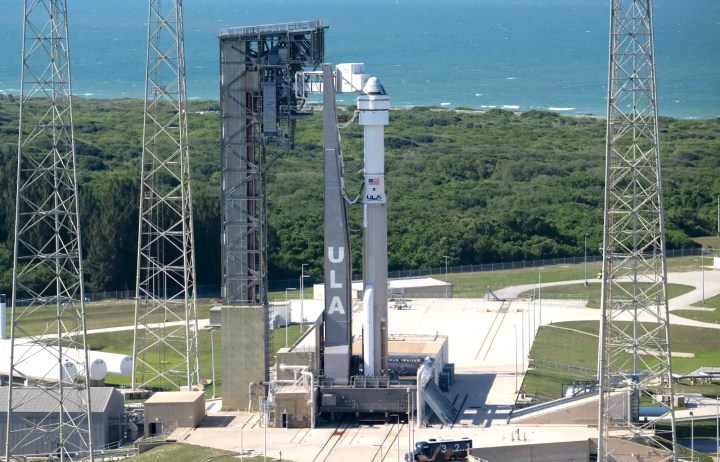
After calling off the launch of Boeing Space’s Starliner spacecraft on Saturday with just minutes to go, NASA says it’s now aiming to send the vehicle on its first crewed mission at 10:52 a.m. ET on Wednesday, June 5.
United Launch Alliance’s (ULA) Atlas 5 rocket will launch NASA astronauts Butch Wilmore and Suni Williams aboard the Starliner from Space Launch Complex-41 at Cape Canaveral Space Force Station in Florida.
In a message posted on Sunday, NASA said that technicians and engineers with ULA have spent the weekend assessing the launchpad’s ground support equipment that encountered issues during Saturday’s countdown, prompting the mission to be postponed.
“The ULA team identified an issue with a single ground power supply within one of the three redundant chassis that provides power to a subset of computer cards controlling various system functions, including the card responsible for the stable replenishment topping valves for the Centaur upper stage,” NASA said. “All three of these chassis are required to enter the terminal phase of the launch countdown to ensure crew safety.”
As part of the work to resolve the issue, the chassis containing the faulty ground power unit was removed, visually inspected, and replaced with a spare chassis, NASA said, adding that there were no signs of any physical damage. The space agency said that a full failure analysis of the power unit will be carried out to better understand the root cause of the incident. It also noted that all of the hardware is performing as expected following functional checkouts of the new chassis and the cards.
The U.S. Space Force’s 45th Weather Squadron predicts a 90% chance of favorable weather conditions for Wednesday’s launch. If for any reason the flight fails to get underway on that day, there’ll be another opportunity for liftoff on the following day.
The plan is to fly the Starliner to the International Space Station (ISS). Wilmore and Williams will stay there for a week before returning home in the spacecraft in a parachute-assisted landing.
The Starliner has faced years of delays, mostly over technical issues, and has flown twice before without a crew. The first test, in 2019, failed to reach the ISS, while the second mission, in 2022, successfully docked with the orbital laboratory.
The first crewed flight was supposed to launch on May 6, but just a couple of hours before launch, engineers encountered an issue with the Atlas V rocket. In the following days, a helium leak was found on the Starliner, causing a further delay. Several other launch targets have come and gone. NASA and Boeing Space — as well as Wilmore and Williams — will be hoping that the much-anticipated mission can finally get underway on Wednesday.
Check out Digital Trends’ article on how to watch the live stream of the launch.
Editors’ Recommendations
Services Marketplace – Listings, Bookings & Reviews
